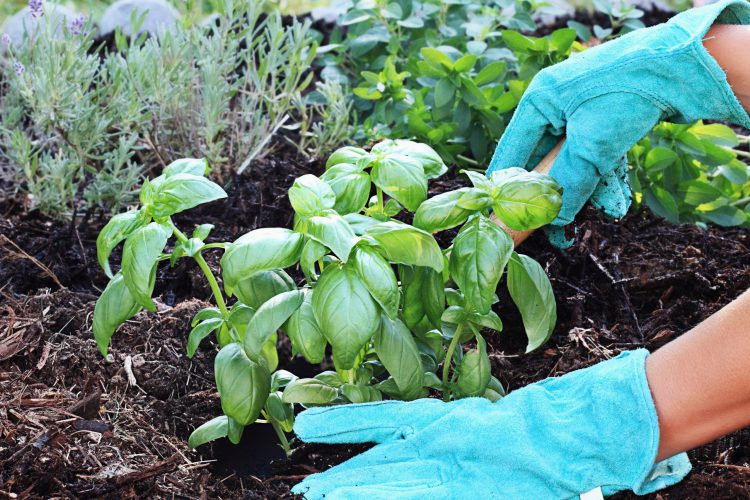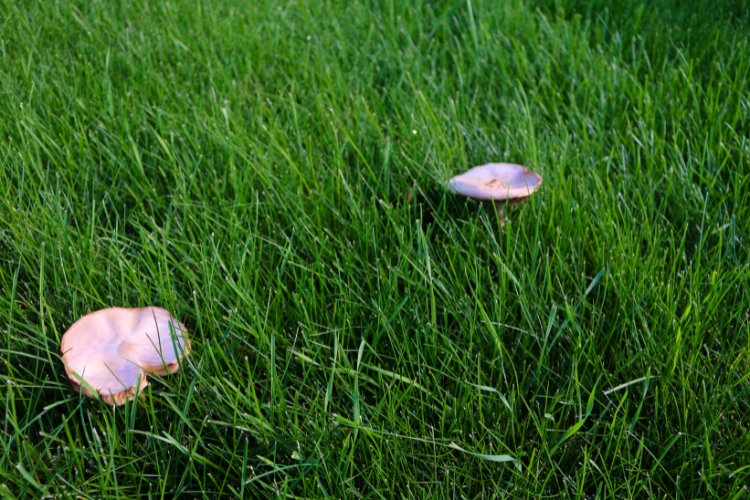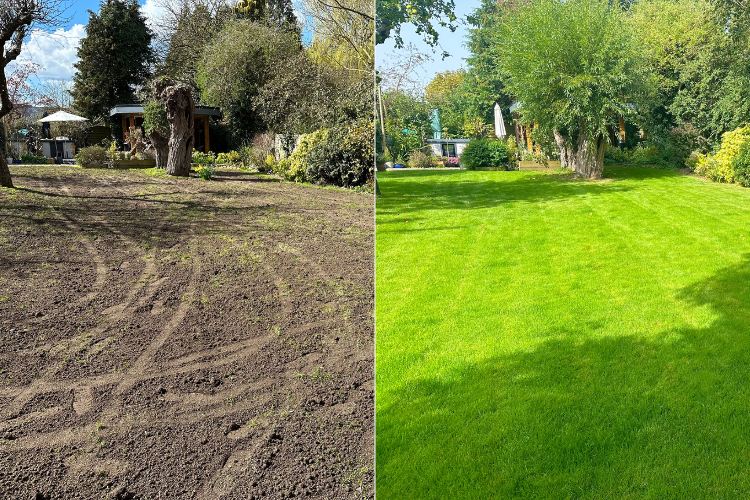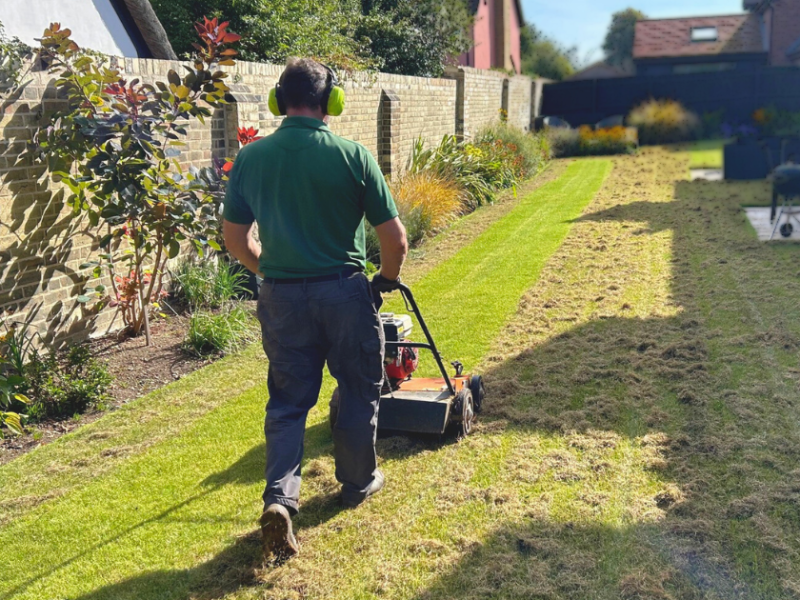Hanging baskets are a great addition to any garden, especially if you don’t have the biggest green space to play with. They add a splash of colour and a point of interest wherever you hang them. Certain plants can be chosen for winter or summer planting, meaning you can have fresh plants and colour all year round. Even if your lawn and garden are looking a bit drab in the colder months, they can give you a boost to remind you that spring is on its way! If you are wanting to get started designing and planting your first baskets, you’ll need these 5 top tips.

Summer or Winter Plants
You can have hanging baskets in both summer and winter, but you have to carefully consider which plants and flowers you have in them. Summer baskets can be planted from April onwards, or you can get them planted and keep them in a greenhouse in the month or so leading up to April. Pansies are a great spring plant, as they can withstand a little colder weather and are generally hardy plants. They also prefer a well-drained soil, which makes them ideal for baskets. In the warmer months through June to September, you can have plants that are more suited to a bit brighter and warmer sunlight. These include fuchsias, yuccas and geraniums, which you can mix together for a lovely combination of sunny colours.
For winter baskets, you need plants that can withstand colder and frostier weather. You could choose from violas, crocuses, cyclamen or polyanthus. Evergreen plants can add another texture and aspect to your basket, such as hanging ivy to really draw attention to the plants.
What Type of Basket?
When picking your basket, it is best to have an idea of which plants you want it to contain so you can fit the basket to the plant’s needs, rather than the other way round. Whichever basket you go for, always go for the bigger size rather than something on the small side. Bigger baskets allow for greater water retention and will allow the plants to really bloom. A small one will mean more work on your behalf, as it needs more regular pruning and watering.
If you get a wire basket, you’ll need to line it with a cardboard or burlap lining or a thick moss and then half fill with compost. Alternatively, you could get a solid basket with a water reservoir or a woven wicker basket for a more natural look. Choose whichever you like the look of most and what will suit the needs of your plants.

Choose the Right Compost
Due to the fact that hanging baskets drain a lot of the water and nutrients, you need a compost that will retain all the goodness for your plants to thrive off. Look for a good brand of peat-free compost and mix it with slow release fertiliser granules and a water retaining gel. Make sure the first layer is about 4-5″ from the base of the basket and pack it firmly so that it creates a strong base for your plants. Alternatively, if you want a quick solution, garden centres will sell a pre-made compost designed exactly for these needs.
Choosing and Arranging The Plants
Once you’ve chosen whether you’ll be planting a basket in winter or summer, you can then decide which plants you want to add. You could choose one type of flower that propagates quickly and fill the basket with that one type. Or, a popular design is to fill the basket with a combination of complementary plants.
Start off with one sturdy, central plant to give you a structure to work around. From there, you can add some trailing plants around the edges to add layers and then disperse bright, flowering plants around that. Choose colours that go well together and that reliably flower, such as pansies, petunias and geraniums. Once the plants are in, firmly pack the spaces with compost and hang it up proudly!

Caring for Your Hanging Basket
For green-fingered success, the key is very regular watering and feeding. In the height of summer, this will mean watering once (or even twice!) a day. Don’t fear over watering, as any excess will drain out the bottom of the basket. You can feed the plants with a liquid fertiliser once a week, to really give them the nutrients they need. For the rest of the year, in spring and autumn, simply test the soil with your finger to see if it needs watering.
Make sure to look over your plants on a regular basis, trimming back and cutting dead heads and wilting flowers. This will not only leave it looking neat and tidy, but it will also allow the plant to give the nutrients to the flowers that are still thriving.
Once the weather turns, either put the baskets in a greenhouse or indoors or place a frost cover on overnight. This should protect the flowers from the worst of the cold.
If you’d like a beautiful lawn alongside your colourful hanging baskets, give our local lawn care experts a call today. Or you can read more about getting flowers and plants inside your home with our fantastic blog!





